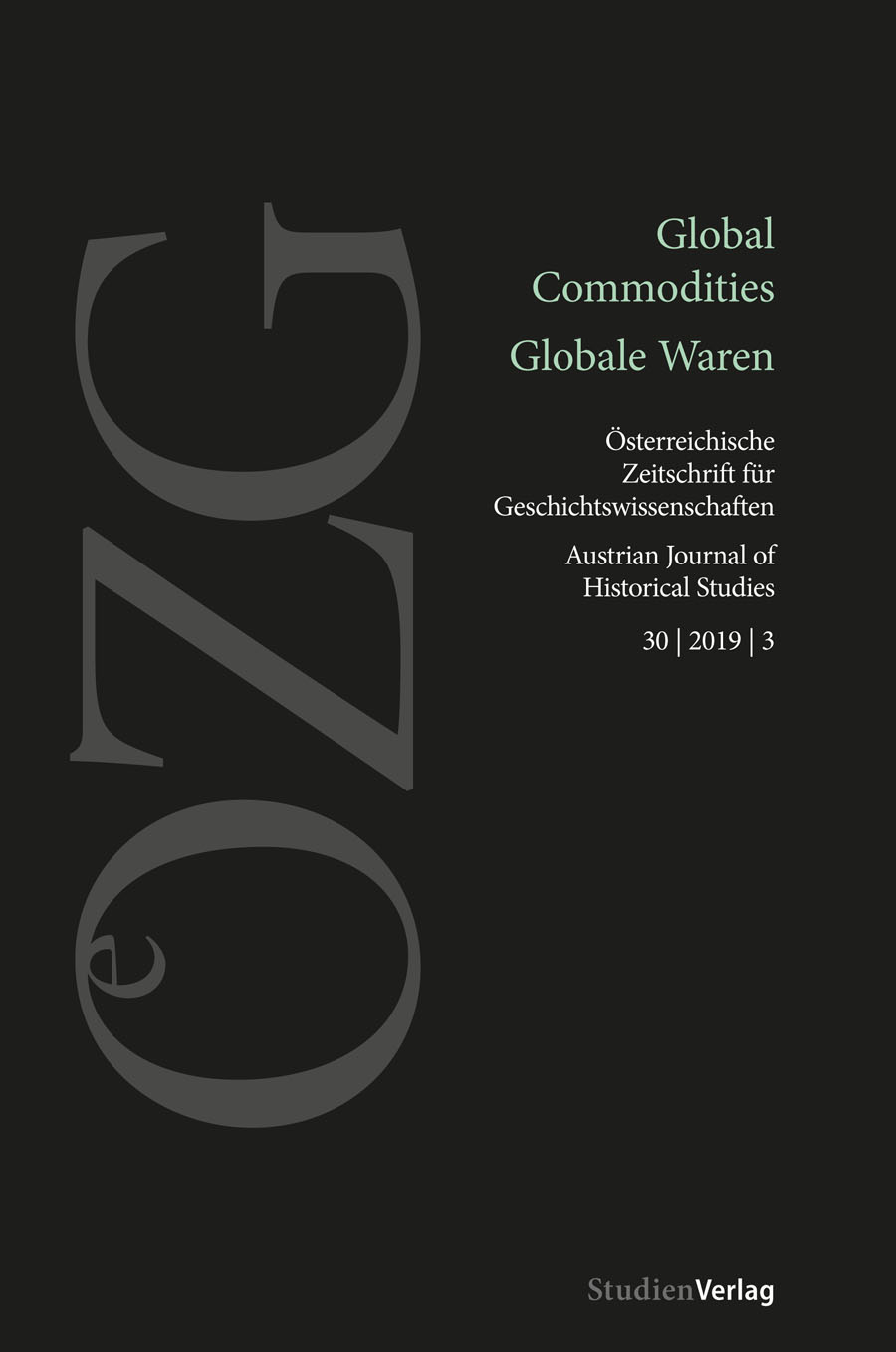The Illegal American Cocaine Commodity Chain, 1970–2000
DOI:
https://doi.org/10.25365/oezg-2019-30-3-7Keywords:
cocaine, commodity chains, history, political economy, spatial shifts, frontiers, war on drugs, Peru, Bolivia, Columbia, Andean region, USA, AmericaAbstract
This paper provides a historical analysis of the development of the illegal cocaine commodity chain in the Americas. Its geographical focus lies on the Andean region as the prime production area for coca and cocaine between 1970 and 2000. A brief history of cocaine in the Americas serves as an introduction to situate the illegal cocaine commodity chain within the broader historical context of the nineteenth and twentieth centuries. Thereafter, I explore how political, social and economic circumstances at the global, national and regional level have influenced the geographic and quantitative development of coca and cocaine production in the Andean region. Thirdly, I examine the impact of illegality on the characteristics of the cocaine commodity chain in terms of value added, forms of organization and the constant process of adaption along the commodity chain in reaction to repressive anti-drug policies. Finally, the main nodes along the chain (such as the cocaine production process), the division of labour along the chain and the role of the USA as the largest consumer market for cocaine are discussed.


